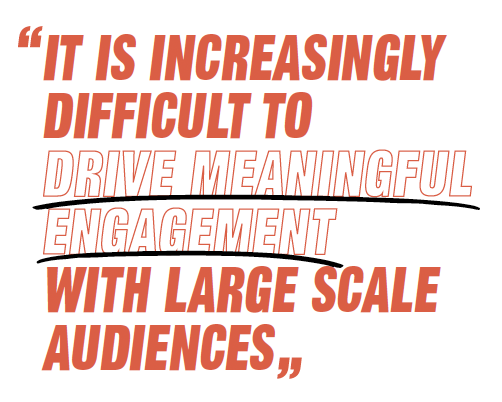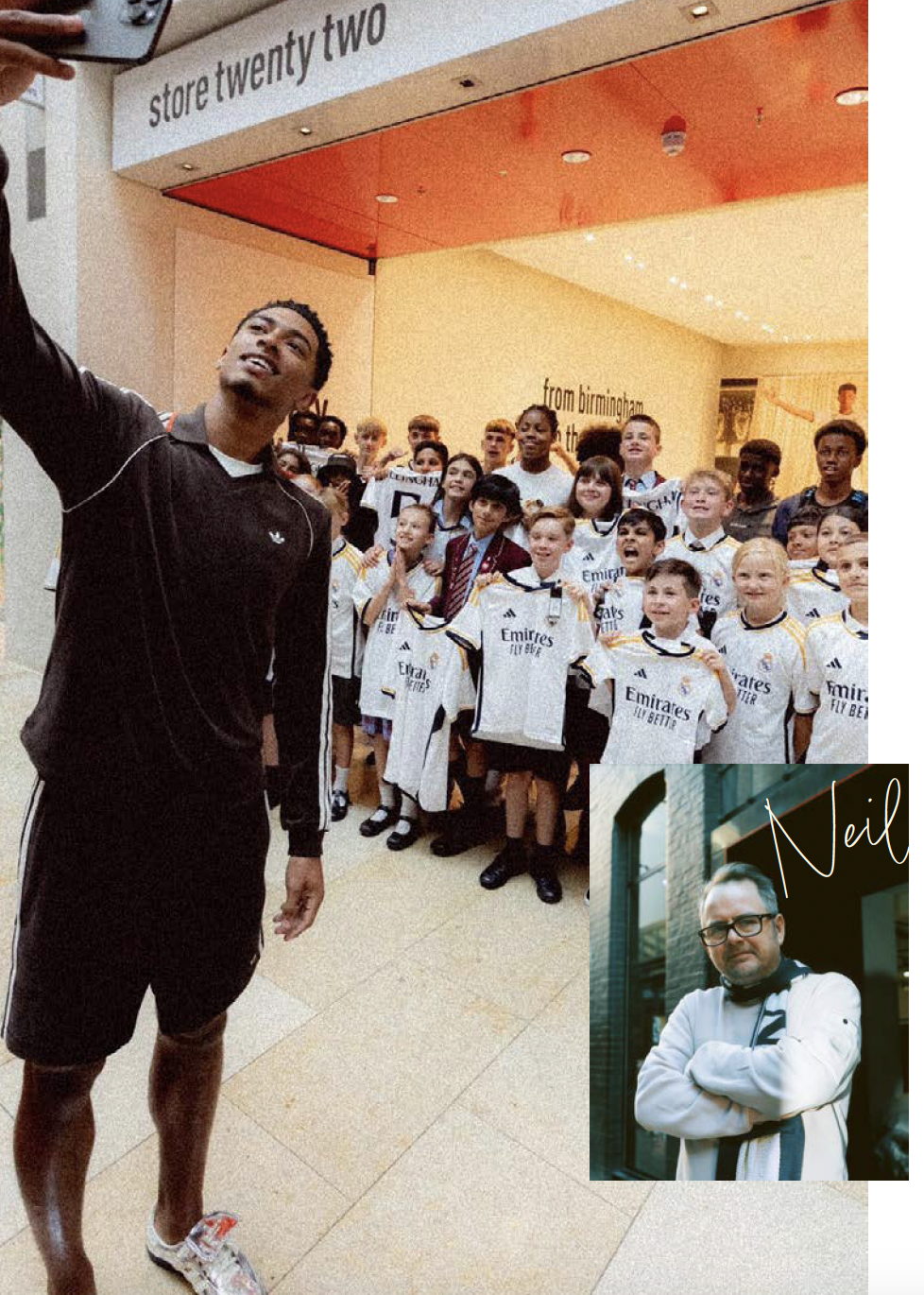S&E London: The new rules of engagement in sport
By Neil Hopkins, Strategy Partner
Mar, 2024Sport engages millions.
Just under half of Britons describe themselves as fans of football, a quarter as fans of rugby union and a fifth as fans of cricket.
Sport defines people’s lives.
In the case of football, cricket and rugby fans, well over half consider that their chosen sport plays a greater role in defining them than their religion.
Sport sells.
Nearly two-thirds of those same football, cricket and rugby fans tell us that they are more likely to purchase the products of a sponsor of their favourite team or favourite.
So sport attracts brands which campaign to engage these fans. And that’s how sports marketing works.
But can it work more effectively? It can if it embraces an opportunity to develop a deeper, more nuanced understanding of fans.
There is no doubt that data has revolutionised sports organisations’ understanding of their fans for their own benefit and, increasingly, that of their commercial partners. But while data can tell us what people say they do and AI enables us to analyse real behaviour at scale there’s a nagging sense that we have been missing a trick in terms of our understanding of how fans connect with each other.
To explore this blind spot, we need to recognise that the atomisation of sports rights across multiple platforms, dramatic generational changes in consumption of sports content, the pivotal role of social media in connecting people and the sheer volume of brand activity across sport mean the old rules of (fan) engagement are becoming obsolete.
It is increasingly difficult to drive meaningful engagement with large scale audiences (e.g. “football fans”).
Instead, it’s an absolute priority for brands to explore the ways fans are connecting on a micro level, coalescing and building communities that celebrate particular elements of their chosen sport. This is at odds with cliched, one-size-fits-all analyses of sports fandom. In fact, instead of talking about fandom, we talk about Fancom to describe the phenomenon of fans coalescing in distinct networks of communities and subcultures, often at the point where their devotion to sport intersects with another passions such as gaming, fashion or music.
Perhaps the first iteration of Fancom in sport existed at the intersection of football, fashion and music and is one whose abiding influence still echoes loudly through British street culture. The football casual scene of the early 80s fused football with designer clobber, forming a fan movement that embraced fashion brands like Stone Island, CP Company, Lacoste, Sergio Tacchini, Fila and Ellesse.
But while originally driven by the principle of ‘if you know you know’, the sartorial influence of casual culture has become intrinsic to modern British street fashion. Adidas, footwear of choice for your discerning casual, has rereleased en masse many of the shoes that defined the era – Sambas, Gazelles, Stan Smiths, Forest Hills – to fuel the growth of its Originals line.

But, in recognition of the fragmentation of audiences into ever more discreet communities, adidas Spezial was created, a range specifically designed to appeal to the casual-minded that includes collaborations with the likes of CP Company (starring Luke Shaw of Manchester United), Liam Gallagher and New Order.
Even at ‘masterbrand’ level, adidas plays on the position it enjoys at the intersection of football, music and fashion. It recently released a collection inspired by its partnership with United and designed by Peter Saville, the designer responsible for the iconic record sleeves of fellow Mancunians New Order.
But exploring Fancom isn’t just about the micro-targeting of consumers in existing passion spaces in a more nuanced way. There are opportunities for brands and sports organisations in driving new connections between passions and driving growth as a consequence.
The NFL recognises that in the UK, as a non-endemic sport, an understanding of fan networks and communities in those passions points it has the potential to intersect with is pivotal to its future growth. So, is it developing partnerships with brands and organisations that play a central role in the subcultures of passions such as music, fashion, food and gaming as these are areas where the NFL itself has real credibility, albeit Stateside.
Fancom is not purely about recognising where and how fan communities and networks are emerging. It is also about acknowledging that these fans are levering these connections to take more ownership of their passions. Social media has given everybody a voice – to celebrate, to connect, to protest – and this has enabled fan communities to demand their voices be heard.
And that’s the key difference with the devoted support that characterised traditional fandom. Around half of football, rugby and cricket fans expect their favourite teams or players to help their community or support for the causes they care about and over a third demand that they act in line with their ethical or moral view.
The rules of fan engagement in sport have changed.
Fandom has given way to Fancom.

In It to Win It: The Role of Strategic Partnerships in Elite Sports
Nick Verhelst | Mar 22, 2024

